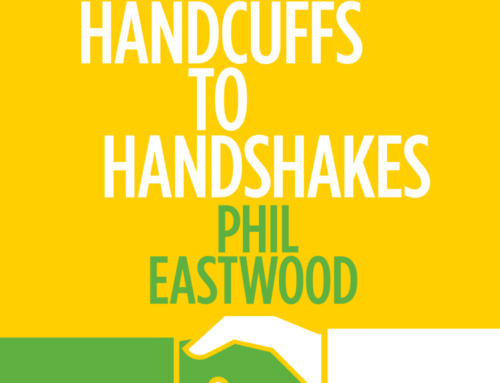Striving for Clearer Communication
I can’t say it clearer – become a better communicator!
Last week we discussed the dangers of muddled communication – how messages get distorted and create havoc. Today let’s examine some of the techniques I have found to improve how we communicate with one another.
RECOMMENDED – One of my favorite books (did you know I love books?) is The Advantage by Patrick Lencioni who tells us that effective communication is one of the pillars for organizations to be and remain healthy.
Techniques of a Better Communicator
While message distortion may seem inevitable when humans are involved, there are six things we can take to minimize its effects and promote clearer communication.
- Active Listening: Being present and attentive during conversations helps reduce message distortion. Focus on the speaker’s words, non-verbal cues, and underlying emotions to gain a more accurate understanding of their message.
- Clarification: When in doubt, seek clarification. Don’t hesitate to ask questions to ensure you have correctly interpreted the message. Paraphrasing what you’ve understood and seeking confirmation can help bridge any gaps in understanding.
- Cultural Sensitivity: Recognize and respect cultural differences in communication styles. Educate yourself about other cultures’ norms and practices to avoid misinterpretations based on cultural biases and become a better communicator.
- Choose Words Carefully: Pay attention to the language you use to convey your message. When I first came to Canada, I clearly remember going to my favorite restaurant and ordering a coffee. They brought me a Kokanee beer! Pay attention to potential ambiguities or phrases that may have different interpretations. Strive for clarity and simplicity to minimize the chances of miscommunication.
- Have a Feedback Loop: Regularly check in with the receiver to ensure that the message conveyed aligns with their understanding. This helps catch distortions early and correct any misinterpretations.
- Empathy and Perspective-taking: Put yourself in the shoes of the other person to gain insight into their perspective. Understanding their background, beliefs, and experiences can enhance mutual understanding and reduce distortion.
Conclusion
Message distortion is an inherent challenge in communication, but it doesn’t have to be an insurmountable one.
By understanding the causes and effects of message distortion, and by employing active listening, cultural sensitivity, and clarity in our communication, we can strive for clearer and more effective exchanges of information.
In a world where miscommunication is all too common, make a commitment to become a better communicator.
Mindful communication is crucial for fostering understanding, connection, and harmony at work, at home, or anywhere you go.






